Ideas for new construction
dt1234
16 years ago
Related Stories
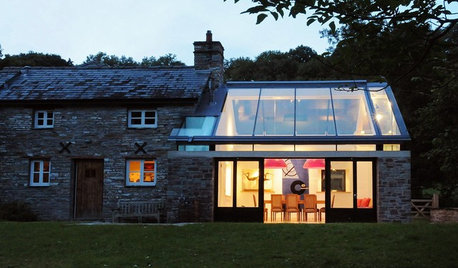
BUDGETING YOUR PROJECTDesign Workshop: Is a Phased Construction Project Right for You?
Breaking up your remodel or custom home project has benefits and disadvantages. See if it’s right for you
Full Story
KNOW YOUR HOUSEKnow Your House: The Basics of Insulated Concrete Form Construction
Get peace and quiet inside and energy efficiency all around with this heavy-duty alternative to wood-frame construction
Full Story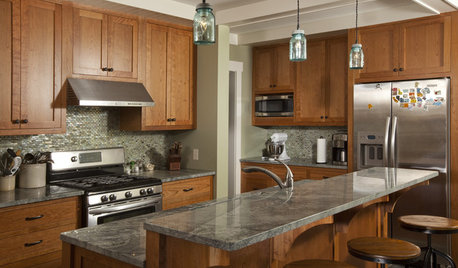
KITCHEN CABINETSCabinets 101: How to Choose Construction, Materials and Style
Do you want custom, semicustom or stock cabinets? Frameless or framed construction? We review the options
Full Story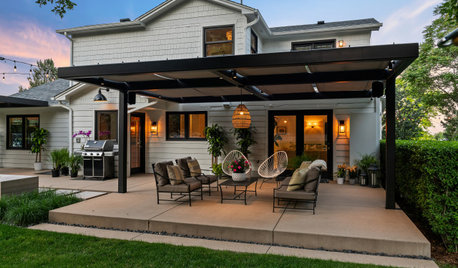
WORKING WITH PROSYour Guide to a Smooth-Running Construction Project
Find out how to save time, money and your sanity when building new or remodeling
Full Story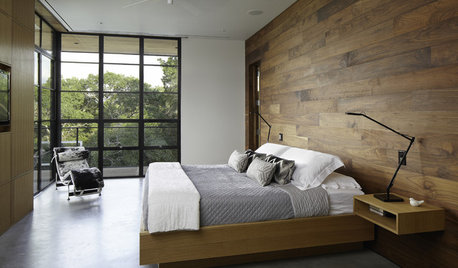
REMODELING GUIDESConstruction Timelines: What to Know Before You Build
Learn the details of building schedules to lessen frustration, help your project go smoothly and prevent delays
Full Story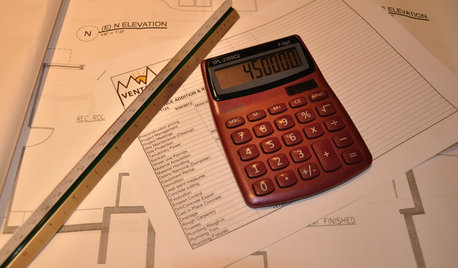
CONTRACTOR TIPSLearn the Lingo of Construction Project Costs
Estimates, bids, ballparks. Know the options and how they’re calculated to get the most accurate project price possible
Full Story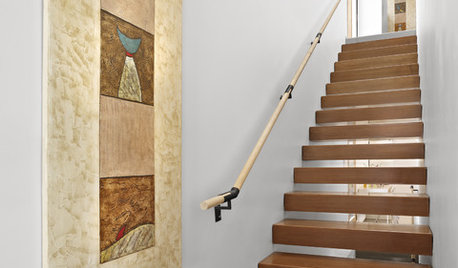
KNOW YOUR HOUSEStair Design and Construction for a Safe Climb
Learn how math and craft come together for stairs that do their job beautifully
Full Story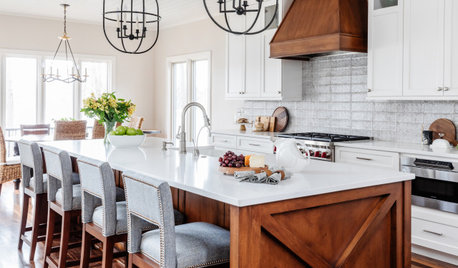
KITCHEN WORKBOOK4 Steps to Get Ready for Kitchen Construction
Keep your project running smoothly from day one by following these guidelines
Full Story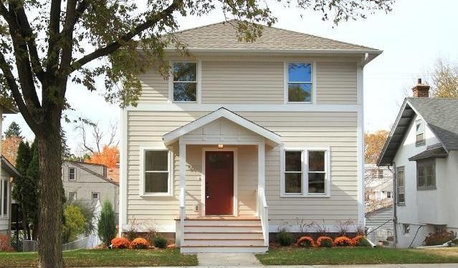
ARCHITECTURENew Construction in Minneapolis Keeps a Familiar Face
With the same exterior look of the previous home on its lot, this new build minimizes disruption while incorporating modern improvements
Full Story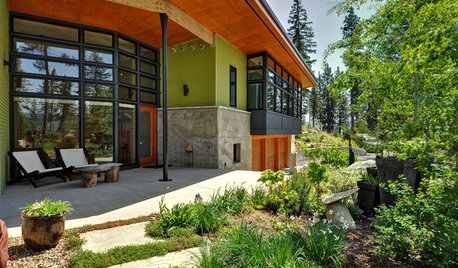
BUDGETING YOUR PROJECTConstruction Contracts: What Are General Conditions?
Here’s what you should know about these behind-the-scenes costs and why your contractor bills for them
Full StorySponsored
Columbus Design-Build, Kitchen & Bath Remodeling, Historic Renovations






sniffdog
fsq4cw
Related Professionals
Coto De Caza Solar Energy Systems · Fontana Solar Energy Systems · Saratoga Springs Solar Energy Systems · Western Springs Solar Energy Systems · Bloomingdale Design-Build Firms · Woodland Design-Build Firms · Cypress Home Builders · Farmington Home Builders · Ives Estates Home Builders · Lake Worth Home Builders · Kearns Home Builders · Aurora Roofing & Gutters · Greenville Roofing & Gutters · Newton Roofing & Gutters · Murray Roofing & Guttersdt1234Original Author
JXBrown (Sunset 24, N San Diego County)
sniffdog
che1sea
garymunson-2008
lazypup
garymunson-2008
countryboymo
garymunson-2008